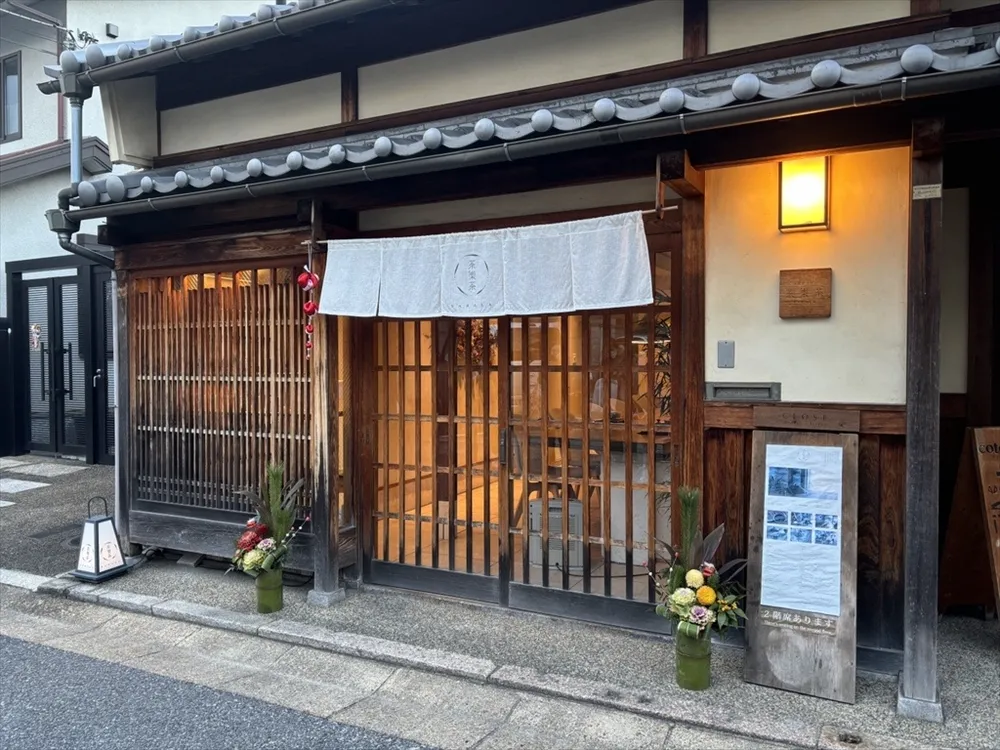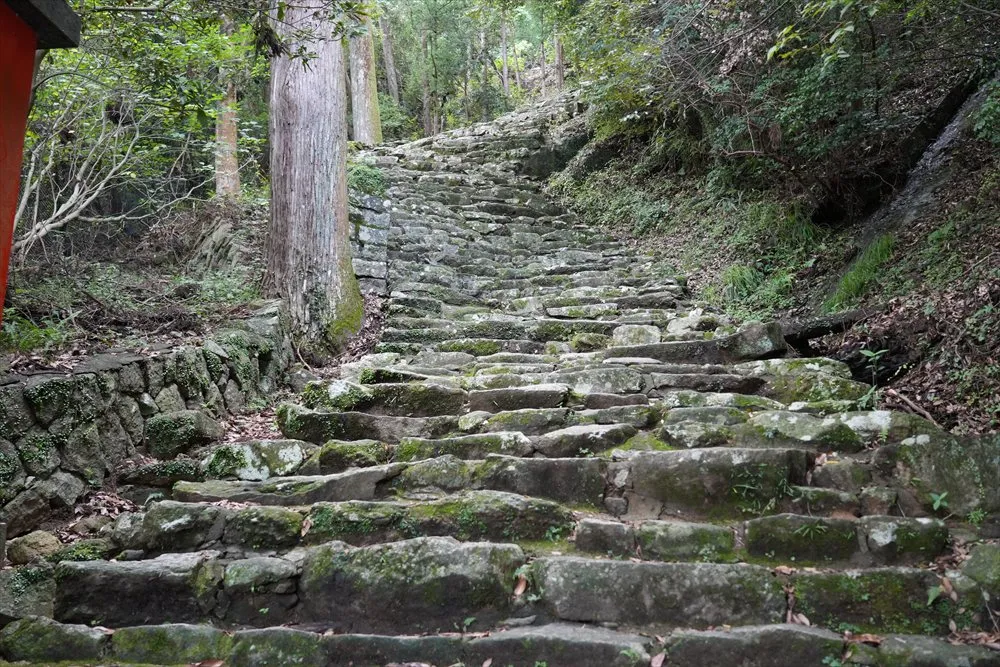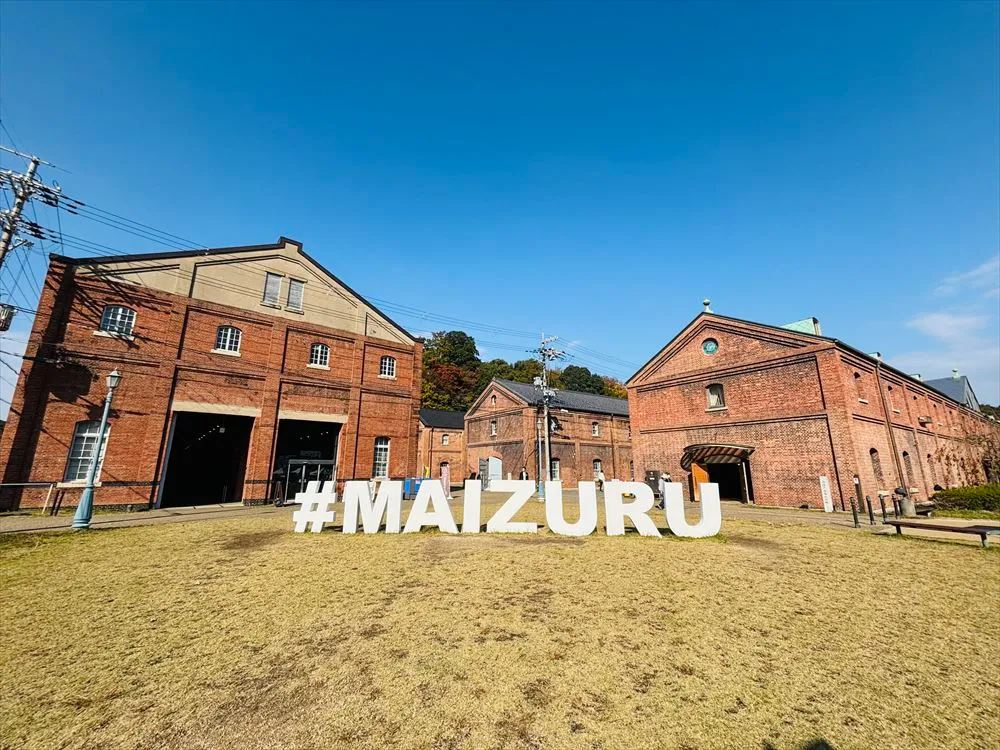Mt. Yoshino in Nara, with Beautiful Cherry Blossoms and More
Charms of Spring
Mt. Yoshino is renowned for its picturesque swaths of cherry blossoms. Blooming begins at the Shimo-senbon level and moves gradually upward to Oku-senbon until the mountain is resplendent in elegant pink. Scenes that poets have praised over the ages appeal to people even today. Lit up at night, the trees appear almost magical compared to their daytime look. The cherry trees on Mt. Yoshino are mainly of the ancient variety.
Today, the slopes are crowded with 30,000 trees of about 200 specimens, including the Shiroyama zakura. The pale pink blossoms cover the ridges and valleys, and pretty much the whole mountain.
Best season: mid-April
*Don’t forget your rain gear as mountain weather can be whimsical.


From Summer to Winter
Touted as one of Japan’s best cherry blossom viewing spots since ancient days, Mt. Yoshino begins at the northern tip of the Omine Range and stretches 8 km south across the slopes. The spring cherry blossoms precede the early summer hydrangeas, which, in turn, are embraced by lush summer greenery, ideal for what the Japanese call “forest bathing,” or immersing oneself in the restorative air of the forest.
With the arrival of autumn, hikers are drawn to the trails and pilgrims to the temples and shrines. The ropeway overlooks breathtaking views of red, yellow and orange foliage, in contrast to the pale pink cherry blossoms of spring. Magical, of course, is the evening light-up. Autumn events from September to November accent the season.

Winter settles in with a serene and silvery transformation, a calm contrast to the vibrant energy that lasts from spring to autumn.

On February 3, Setsubun-e takes place at Zao-do Hall of Kinpusen-ji Temple, a designated UNESCO World Heritage Site. Setsubun-e is a ceremony for Setsubun, the day before the beginning of spring on the Japanese lunar calendar. On February 2, oni, or ogres, parade through the town.

| Access | Kyoto → 1 hr 40 min by Kintetsu Limited Express (change trains at for Kashiharajingu-mae Sta.) Osaka → 1 hr 15 min by Kintetsu Limited Express (direct from Osaka-Abenobashi Sta.) |
A special public viewing of the principal Kongo Zao Daigongen statues
Rarely shown to the public are the Kongo Zao Daigongen, Japan’s largest “Three Hidden Buddha” statues, designated nationally as Important Cultural Property. Each spring, three statues of the guardian deity, Kongo Zao Daigongen, are put on temporary display. The apparition of the god, Kongo Zao Daigongen, appeared before En no Gyoja, the ascetic and founder of Shugendo, after his 1,000-day ascetic training on the top of Mt. Kinpu about 1,300 years ago.
_R.jpg)
Rarely shown to the public are the Kongo Zao Daigongen, Japan’s largest “Three Hidden Buddha” statues, designated nationally as Important Cultural Property.
_R.jpg)
Zao-do, the main building of Kinpusen-ji Temple, enshrines numerous Buddhist statues including three statues of the principal deity Zao Gongen, 7 meters high, normally withheld from public view.
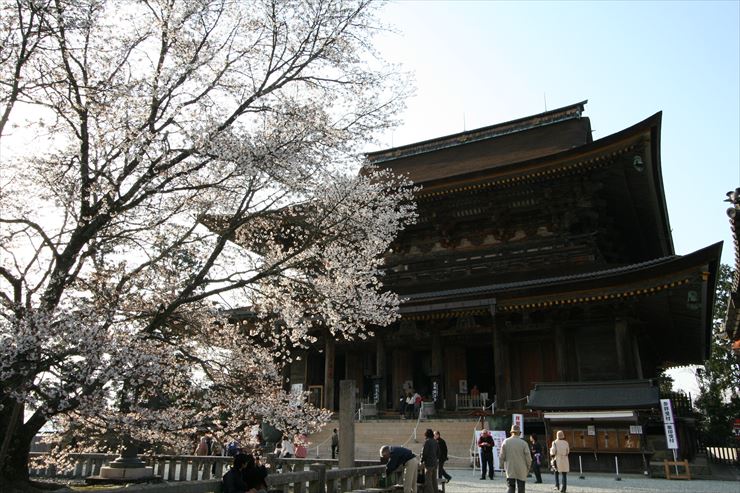
A special public viewing of the principal Kongo Zao Daigongen statues will run from March 28 to May 6, 2020 at Zao-do Hall on the grounds of the Kinpusen-ji Temple. During this period, night viewing of the statues will be held on selected dates, exclusive to guests staying at hotels in Mt. Yoshino. The doors will be closed, candles will light the hall, the only sounds will come from the Buddhist chants (shomyo). This is an unusual opportunity to gaze at the statues up close and pray in the stillness of the night. (3,000 yen, limited to reservations from the first 100 persons staying at hotels in Mt. Yoshino)
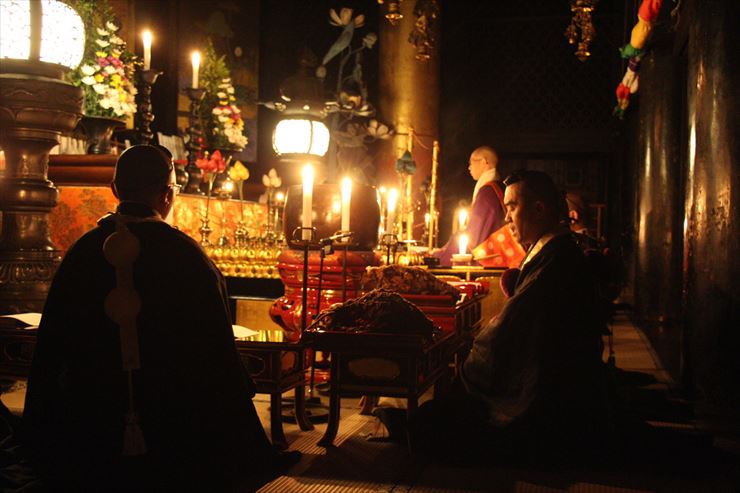
Contact
Yoshinoyama Tourist Association TEL 0746-32-1007 https://yoshinoyama-kankou.com/
Yoshino Visitors Bureau TEL 0746-34-2522 http://yoshino-kankou.jp/


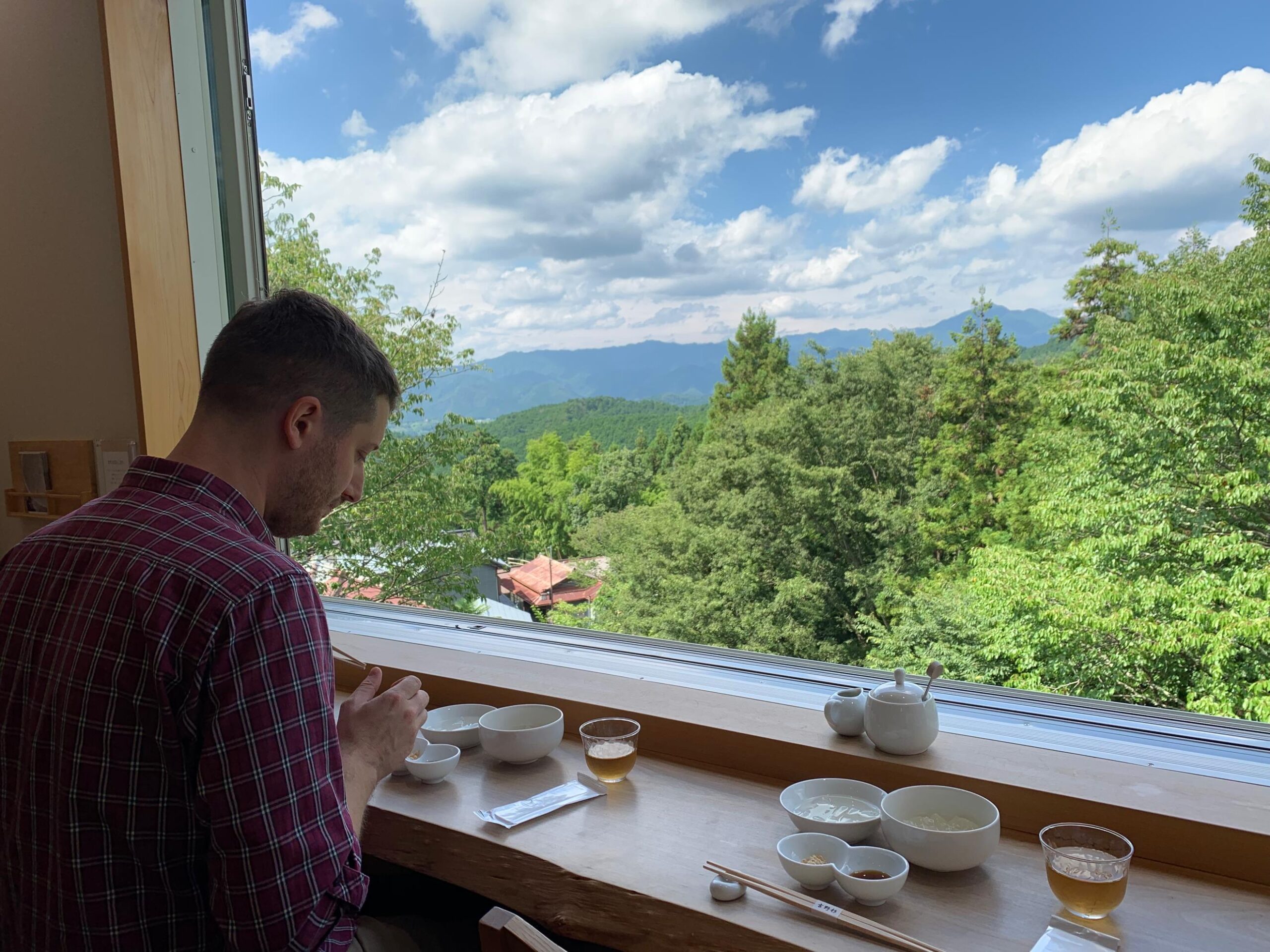
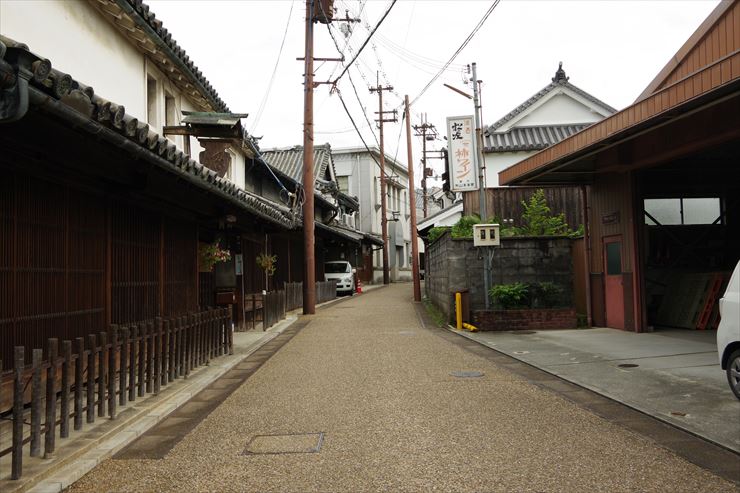
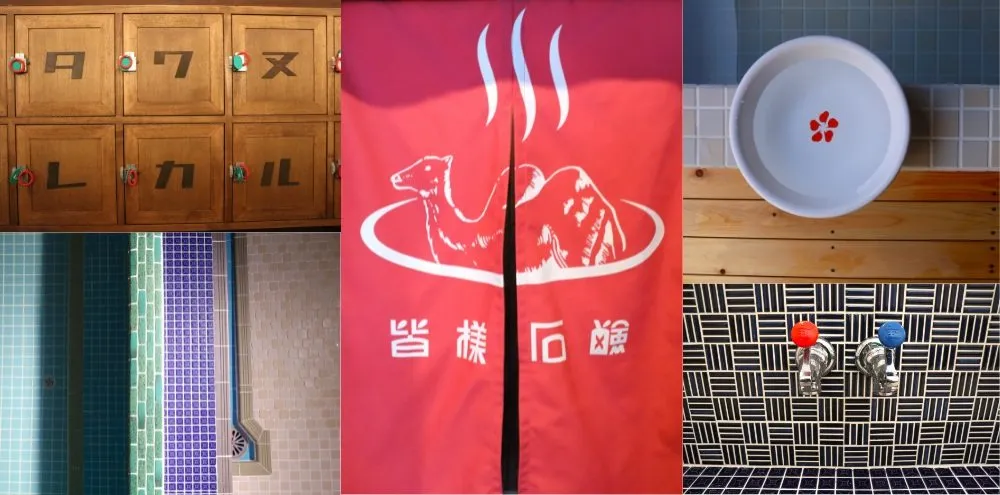

-scaled.jpg)
